- Submit a Protocol
- Receive Our Alerts
- Log in
- /
- Sign up
- My Bio Page
- Edit My Profile
- Change Password
- Log Out
- EN
- EN - English
- CN - 中文
- Protocols
- Articles and Issues
- For Authors
- About
- Become a Reviewer
- EN - English
- CN - 中文
- Home
- Protocols
- Articles and Issues
- For Authors
- About
- Become a Reviewer
Establishment of New Split-root System by Grafting
Published: Vol 7, Iss 4, Feb 20, 2017 DOI: 10.21769/BioProtoc.2136 Views: 9894
Reviewed by: Marisa RosaTzvetina BrumbarovaAnonymous reviewer(s)

Protocol Collections
Comprehensive collections of detailed, peer-reviewed protocols focusing on specific topics
Related protocols
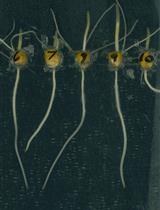
A Plate Growth Assay to Quantify Embryonic Root Development of Zea mays
Jason T. Roberts [...] David M. Braun
Oct 20, 2023 2210 Views
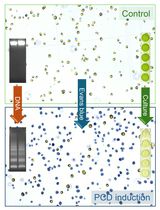
Detection and Quantification of Programmed Cell Death in Chlamydomonas reinhardtii: The Example of S-Nitrosoglutathione
Lou Lambert and Antoine Danon
Aug 5, 2024 1546 Views
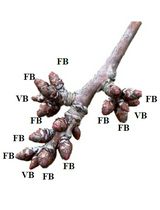
Enzymatic Starch Quantification in Developing Flower Primordia of Sweet Cherry
Nestor Santolaria [...] Afif Hedhly
Apr 5, 2025 1847 Views
Abstract
A new split-root system was used to simulate non-uniform salt, drought or nutrient deficiency stress in the root zone, in which the root system was divided into two or more equal portions. Here, we established a split-root system by grafting of cotton seedlings. In contrast to the conventional split-root, the main roots of the new system remained intact, which provided a better system for studying cotton response to unequal treatment in the root zone. The new system was suitable for plant growth in nutrient solution and the two root systems can fully be immerged in the nutrient solution.
Keywords: CottonBackground
The split-root system has been used to study plant responses to heterogeneous soil conditions such as partial root drying, unequal salt distribution, and heterogeneous nutrient distribution. The conventional split-root system in cotton and other plants are established by dividing the lateral roots into two equal parts after cutting of the main root of a seedling (Bazihizina et al., 2009; Dong et al., 2010). The new system was suitable for plant growth in nutrient solution and for a girdling experiment because there was sufficient distance between the root and position of the graft (Kong et al., 2012 and 2016).
Materials and Reagents
- Plastic boxes (60 x 45 x 15 cm) (Linhui, catalog number: LH-600 )
- Sterilized wet sand
- Blade (Pao Shen Enterprises, KW-trio®, catalog number: 03541 )
- Parafilm (Bemis, catalog number: PM996 )
- Disposable cup (Jiaxing, catalog number: hot paper cup-HC02W )
- Plastic bags (Yiwu, catalog number: 10*15 )
- Cotton seeds (SCRC41, a commercial Bt [Bacillus thuringiensis] transgenic cotton [Gossypium hirsutum L.] which developed by the Cotton Research Center, Shandong Academy of Agricultural Sciences, Jinan)
- Sulfuric acid, H2SO4 (Sinopharm Chemical Reagent, catalog number: 7664-93-9 )
- Calcium nitrate, Ca(NO3)2 (Sinopharm Chemical Reagent, catalog number: 10124-37-5 )
- Potassium nitrate, KNO3 (Sinopharm Chemical Reagent, catalog number: 7757-79-1 )
- Magnesium sulfate, MgSO4 (Sinopharm Chemical Reagent, catalog number: 7487-88-9 )
- Ammonium dihydrogen phosphate, NH4H2PO4 (Sinopharm Chemical Reagent, catalog number: 7722-76-1 )
- EDTA·FeNa (Sinopharm Chemical Reagent, catalog number: 15708-41-5 )
- Orthoboric acid, H3BO3 (Sinopharm Chemical Reagent, catalog number: 10043-35-3 )
- Zinc sulfate, ZnSO4 (Sinopharm Chemical Reagent, catalog number: 7446-20-0 )
- Copper sulfate, CuSO4 (Sinopharm Chemical Reagent, catalog number: 7758-99-8 )
- Manganese sulfate, MnSO4 (Sinopharm Chemical Reagent, catalog number: 15244-36-7 )
- (NH4)6Mo7O24 (Sinopharm Chemical Reagent, catalog number: 12027-67-7 )
- Potassium hydroxide, KOH (Sinopharm Chemical Reagent, catalog number: 1310-58-3 )
- Nutrient solution (see Recipes)
Equipment
- Growth chamber (Percival Scientific, model: AR-41L2 )
- Aeration instrument (JeanPole, catalog number: B00WDWUS8W )
Procedure
- Seed germination
- Treat cotton seeds with concentrated sulfuric acid for 2-3 min and then wash the seeds with flowing tap water for 6 times.
- After that, the wet seeds are dried in a hot air stream (50 °C) for 8 h.
- Sow the acid-delinted seeds at approximately 3 cm depth in plastic boxes (60 x 45 x 15 cm) containing sterilized wet sand.
- Place the boxes in a growth chamber with light/dark regimes of 16 h/8 h, light intensity of 400 µmol m-2 sec-1 PAR, and temperature of 28-32 °C and relative humidity of 60-70%.
- Treat cotton seeds with concentrated sulfuric acid for 2-3 min and then wash the seeds with flowing tap water for 6 times.
- Seedling growth
- Thin the seedlings to 100 plants per box at full emergence at 10 days after planting.
- When most seedlings reach the 2-true leaf stage (Figure 1-1) at 15 days after planting, carefully pull the uniform seedlings (the seedlings which germinate at the same day and have same plant height, leaf number and leaf area) out from the sand and wash the seedlings with water to remove all the sand.
Note: Don’t irrigate the seedlings for about 3 days before grafting in order to remove the seedlings easily and induce root growth.
- Thin the seedlings to 100 plants per box at full emergence at 10 days after planting.
- Grafting
- Establish split-root systems through grafting with seedlings (Figure 1). Briefly, make a ‘/’ shaped incision with a blade on the hypocotyl 2 cm below the two cotyledons, leaving about 1/3 of the hypocotyl tissues intact. The angle between the ‘/’ shaped incision and the hypocotyl is about 60°.
- Cut the top of the rootstock to form a deep ‘ʌ’ at the same position of the hypocotyl from another seedling. The ‘ʌ’ section is then inserted into the ‘/’ incision of the plant and closely wrap the seedlings with Parafilm.
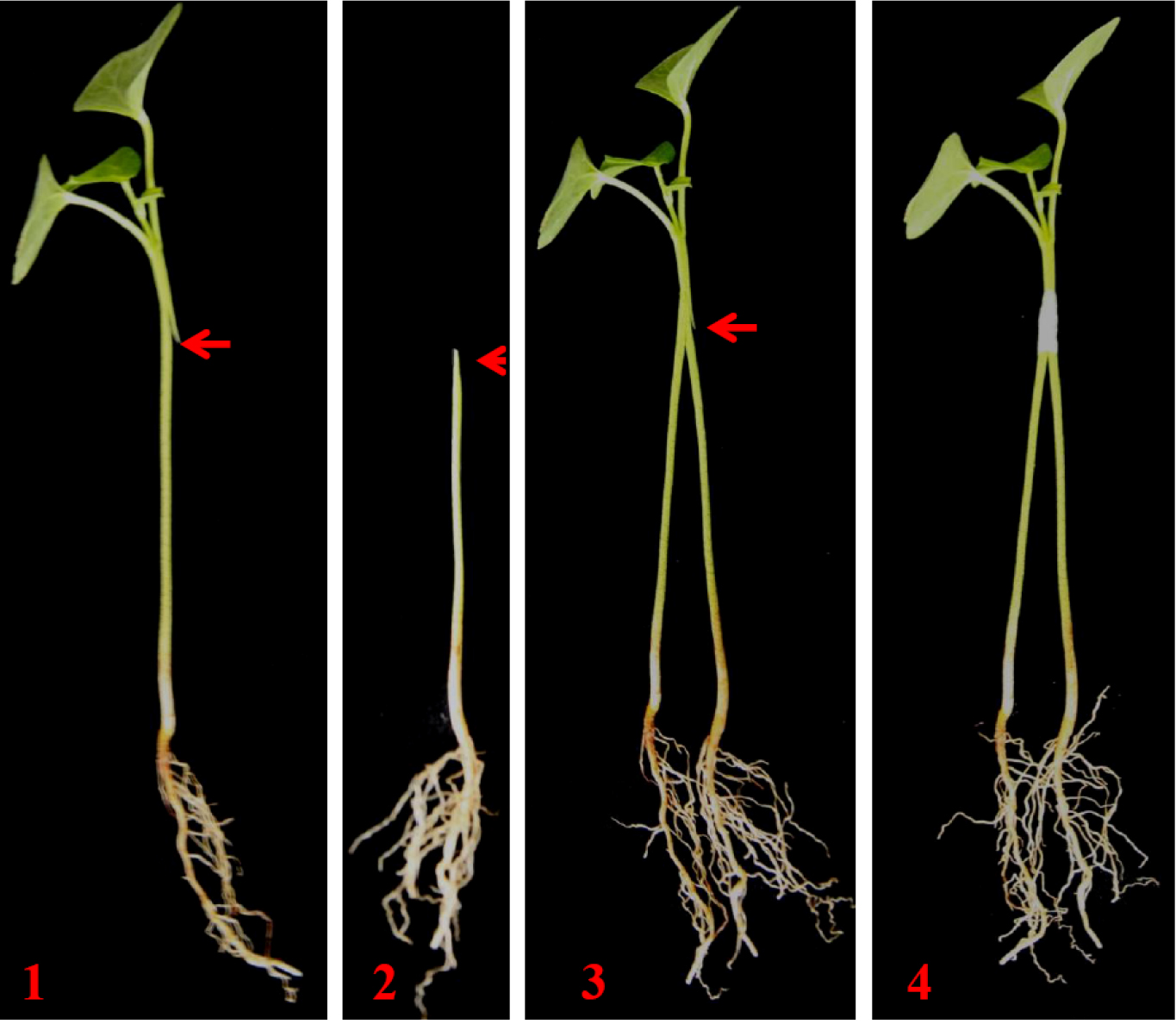
Figure 1. Schematic diagram of the sequential steps of the graft split-root system. 1. Scion; 2. Stock; 3 and 4. Grafted cotton.
- Establish split-root systems through grafting with seedlings (Figure 1). Briefly, make a ‘/’ shaped incision with a blade on the hypocotyl 2 cm below the two cotyledons, leaving about 1/3 of the hypocotyl tissues intact. The angle between the ‘/’ shaped incision and the hypocotyl is about 60°.
- Grafted seedling management
- Transfer grafted seedlings into disposable cups containing aerated nutrient solution, spray the seedlings with water and immediately cover them with plastic bags to prevent wilting (Figure 2). The air is introduced into the nutrient solution by the aeration instrument to maintaining oxygen concentration in the nutrient solution.
- We top the nutrient solution with deionized water every day instead of changing the whole nutrient solution, as the grafted seedling uptake a little water and nutrient each day.
- When a new leaf emerged from the grafted seedling at one week after grafting, remove the plastic bags and Parafilm (Figure 3).
- Transfer the grafted seedlings with two uniform split-root systems into a growth chamber under 28-32 °C and 60-70% relative humidity for 20 days.
- Renew the nutrient solutions daily during the period of growth.
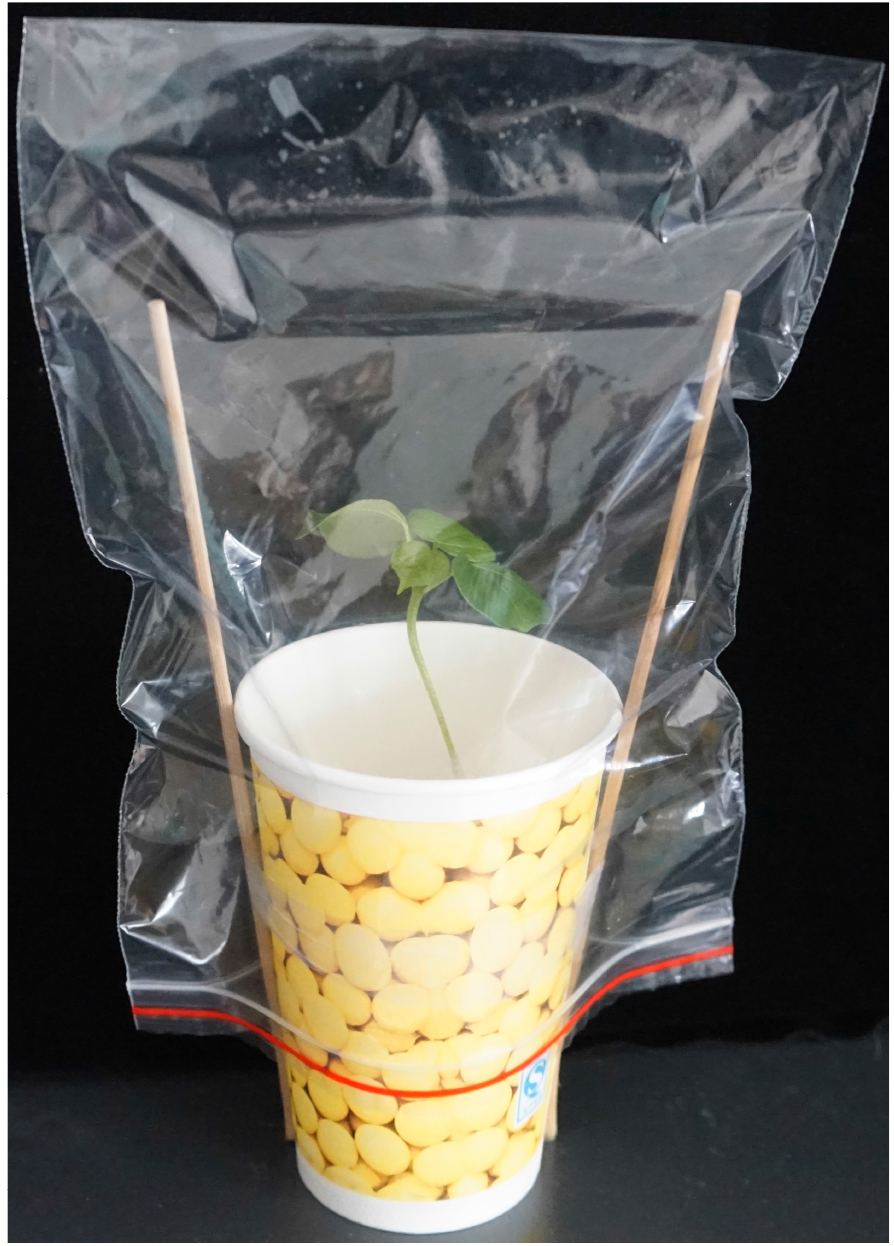
Figure 2. The grafted plant after being transplanted into disposable cup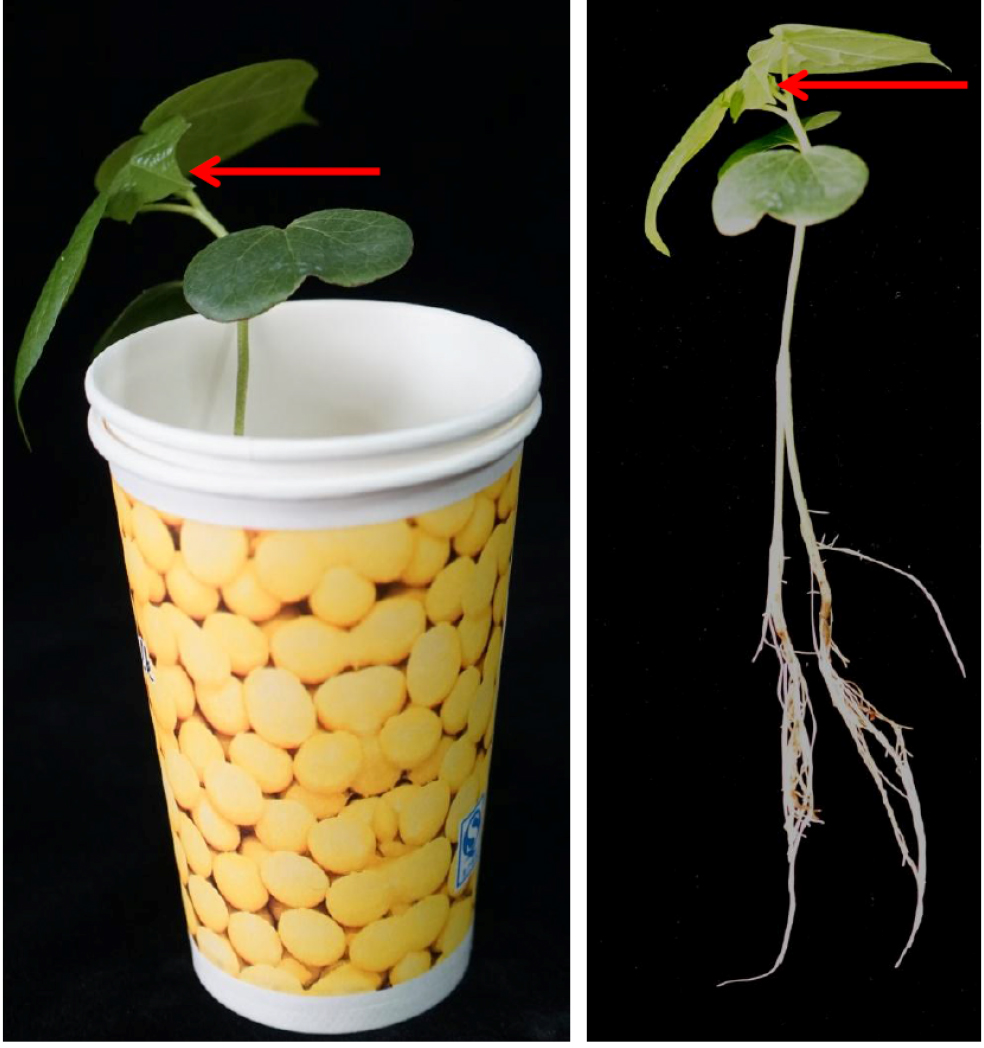
Figure 3. New leaf emerged from the grafted seedling at one week after grafting
- Transfer grafted seedlings into disposable cups containing aerated nutrient solution, spray the seedlings with water and immediately cover them with plastic bags to prevent wilting (Figure 2). The air is introduced into the nutrient solution by the aeration instrument to maintaining oxygen concentration in the nutrient solution.
Data analysis
The survival rate of grafted seedlings was more than 95% and most of them had two uniform root systems (kong et al., 2012) (Figure 4). A successfully grafted cotton seedling has two uniform root systems. At this stage, the seedling which was used as scion becomes indistinguishable from the stock.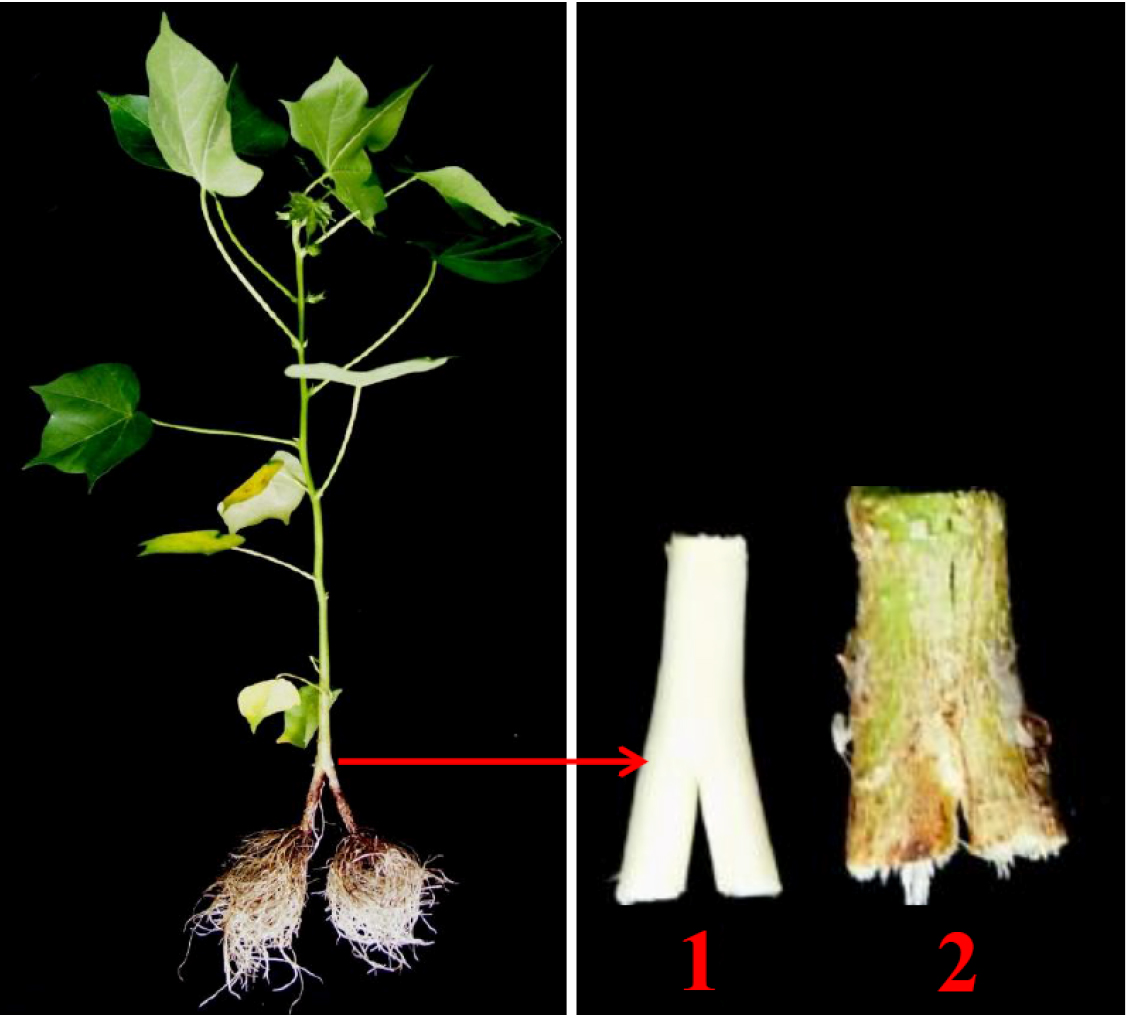
Figure 4. Grafted cotton. The xylem (1) and phloem (2) of the grafted site.
Notes
Uniformly germinated seeds and seedling were selected to make sure the grated seedlings had two uniform split-root systems.
Recipes
- Nutrient solution
1.25 mM Ca(NO3)2
1.25 mM KNO3
0.5 mM MgSO4
0.25 mM NH4H2PO4
0.05 mM EDTA·FeNa
10 µM H3BO3
0.5 µM ZnSO4
0.1 µM CuSO4
0.5 µM MnSO4
0.0025 µM (NH4)6Mo7O24
Adjusted pH to 6 with KOH
Note: The nutrient solutions used in this experiment needn’t be sterilized. It can be made in advance and stored at 4 °C for one month.
Acknowledgments
This work was supported by the National Natural Science Foundation of China (Grant Nos. 31371573 and 31501249), the special fund for Taishan Scholars (Nos. Tspd20150213 and tshw20110218), the Natural Science Foundation of Shandong Province (ZR2015QZ03), the Seed Project of Shandong Province (2014-cotton), the Agricultural Scientific and Technological Innovation Project (CXGC2016C04) and Youth Scientific Research Foundation (Grant No. 2014QNZ01) of Shandong Academy of Agricultural Sciences.
References
- Kong, X., Luo, Z., Dong, H., Eneji, A. E. and Li, W. (2012). Effects of non-uniform root zone salinity on water use, Na+ recirculation, and Na+ and H+ flux in cotton. J Exp Bot 63(5): 2105-2116.
- Kong, X., Luo, Z., Dong, H., Eneji, A. E. and Li, W. (2016). H2O2 and ABA signaling are responsible for the increased Na+ efflux and water uptake in Gossypium hirsutum L. roots in the non-saline side under non-uniform root zone salinity. J Exp Bot 67(8): 2247-2261.
- Bazihizina, N., Colmer, T. D. and Barrett-Lennard, E. G. (2009). Response to non-uniform salinity in the root zone of the halophyte Atriplex nummularia: growth, photosynthesis, water relations and tissue ion concentrations. Ann Bot 104:737-745.
- Dong, H. Z., Kong, X. Q., Luo, Z., Li, W. J. and Xin, C. S. (2010). Unequal salt distribution in the root zone increases growth and yield of cotton. Eur J Agron 33: 285-292.
Article Information
Copyright
© 2017 The Authors; exclusive licensee Bio-protocol LLC.
How to cite
Kong, X., Luo, Z. and Dong, H. (2017). Establishment of New Split-root System by Grafting. Bio-protocol 7(4): e2136. DOI: 10.21769/BioProtoc.2136.
Category
Plant Science > Plant physiology > Plant growth
Plant Science > Plant physiology > Abiotic stress
Do you have any questions about this protocol?
Post your question to gather feedback from the community. We will also invite the authors of this article to respond.
Share
Bluesky
X
Copy link









